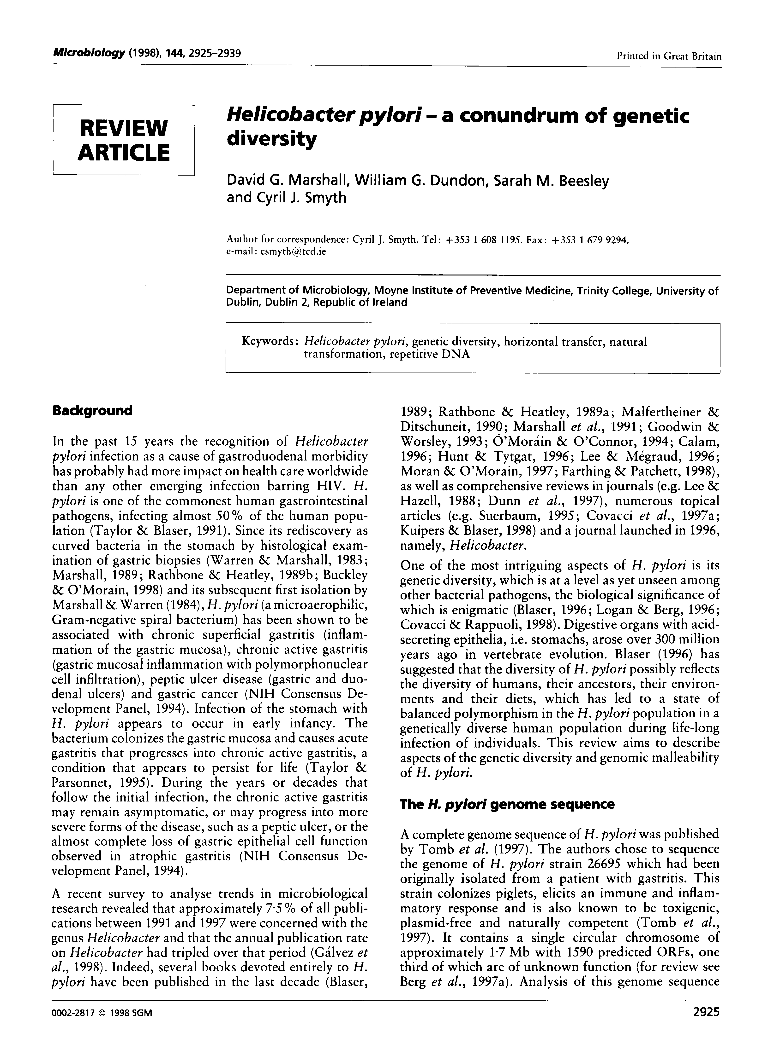
Full text loading...

Helicobacter pylori - a conundrum of genetic diversity, Page 1 of 1
< Previous page | Next page > /docserver/preview/fulltext/micro/144/11/mic-144-11-2925-1.gif
There is no abstract available.

Article metrics loading...

Full text loading...
References


Data & Media loading...
